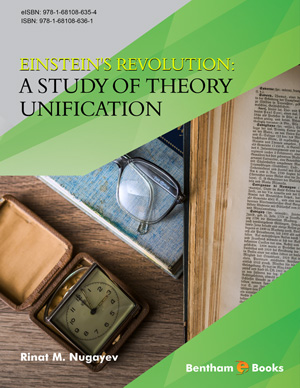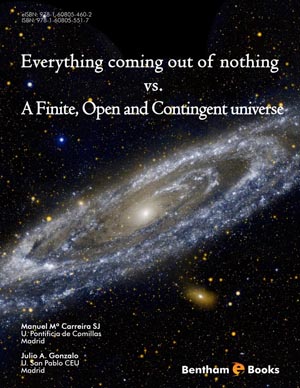Abstract
Gauge symmetry respectively gauge invariance plays a crucial role in modern quantum field theory. Historically, the first locally gauge-invariant equations of motion are Maxwell’s original equations for the electrical charges and currents and the electromagnetic fields created by them. In order to keep the relation to classical mechanics as close as possible, this chapter starts with a critical examination of global gauge invariance, basing on Helmholtz’s interpretation of the potential energy as “disposable work storage”. Then, Helmholtz’s explorations of the relationships between forces and energies are sketched and extended. Their generalization to quantum mechanics leads to the gauge invariance of the stationary and timedependent Schrödinger equations. An important application is the Ehrenberg-Siday- Aharonov-Bohm effect and its gravito-electromagnetic analog. For the sake of the unity of physics, it is shown, how the (gravito-)electromagnetic equations can be deduced. Here, Newton’s imaginations about the field of gravity are also exploited.
Keywords: Ehrenberg-Siday-Aharonov-Bohm effect, Energy, Field, Force, Gauge invariance, Gauge symmetry, Gravito-electromagnetism, Helmholtz, Maxwell’s equations, Newton, Potential Energy, Schrödinger equation, Unity of physics, Work storage.


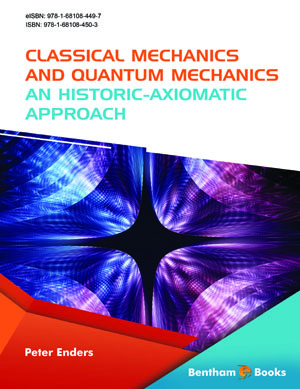


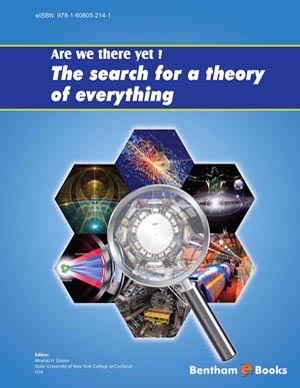

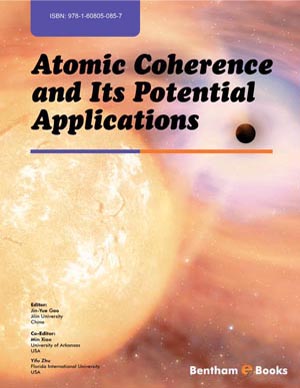
.jpg)



